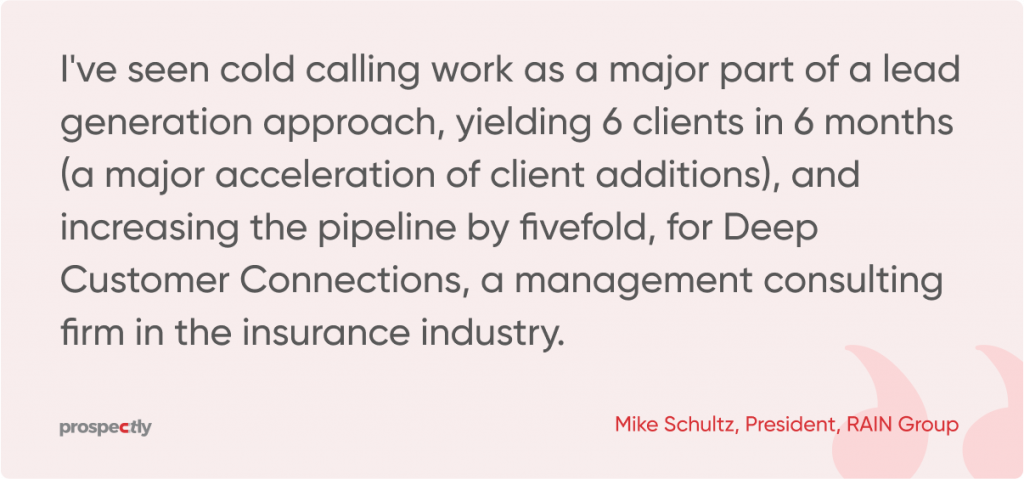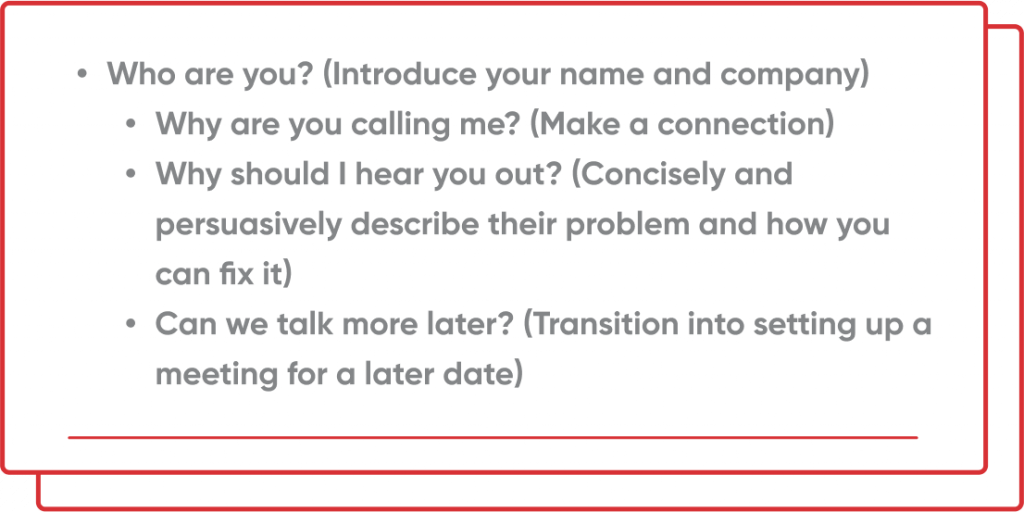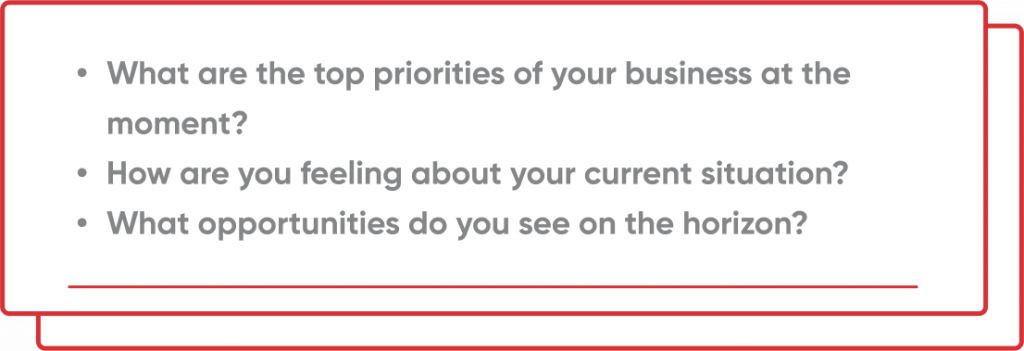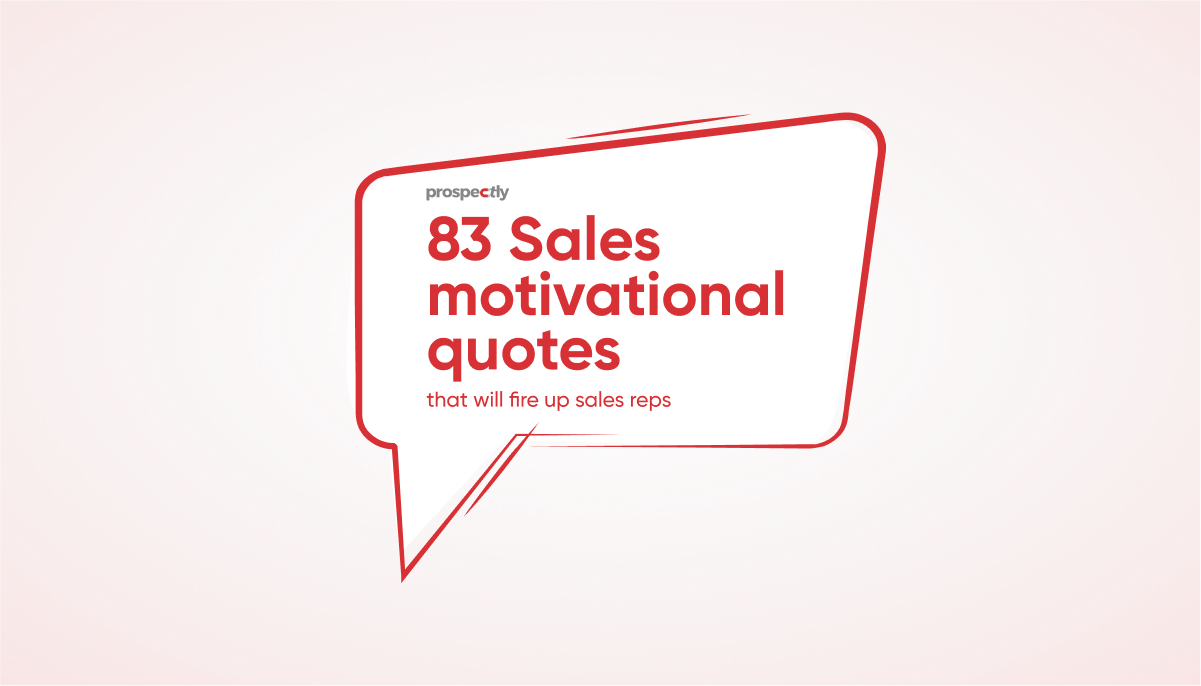Analyzing the efficacy of cold calling in 2022

If you are in sales, you probably have a love-hate relationship with cold calling. If it works for you, it boosts your confidence. However, if you dread dialing a stranger, it implies that you may have been burnt in the past. And the irony is that even after being in sales, you might not like to be on the receiving end of unsolicited calls.
Due to the unpredictability of your prospect’s response and negative press associated with cold calling, its efficacy has often been questioned. In this blog, we will aim to settle this age-old debate and explore if cold calling is, in fact the right approach for you in 2022.
But first, let’s define cold calling.
What is cold calling?
Cold calling is your attempt to reach out to your prospective customers and convince them that your offering can add value to their business. Your call is deemed ‘cold’ because the prospect is not expecting your call and may or may not be aware of you/your company.
It is almost impossible to predict your potential buyer’s initial response to your cold call. Hence it is only natural for you to shy away from attempting them. Even if you did muster the courage to pick up the phone and dial a prospect, is cold calling still effective in today’s 24*7*365 digitally connected world? Let’s find out!
Does cold calling still work in 2022?
Cold calling might not seem ideal when selling to today’s well-informed buyers with unlimited choices at their fingertips. Moreover, research indicates that an average B2B buyer consumes 13 pieces of content before making a purchase. As a salesperson, you would think that it would be best to engage your ICP and existing clients on social media instead of making random calls.
Well, you are not entirely wrong! Salespeople now have several other less intimidating options to generate leads successfully. Moreover, substantial evidence makes these alternate options even more enticing. Let’s look at some data.
- According to LinkedIn, the conversion rates from cold calls are a meager 2%.
- On average, it takes around 18 calls to get through to one potential buyer.
- For 63% of salespeople, cold calling is the most disliked part of their job.
- HubSpot data indicates that 84% of buyers are annoyed with sales reps who try to convince them over cold calls.
However, one wonders whether these numbers are primarily due to inadequate cold calling techniques. Hence, think again before you dismiss cold calling altogether. Here are some reasons why cold calls can still produce significant results.
Availability of supporting data
We have looked at stats that diminish your expectations from cold calling. But there is equally credible data available that supports its benefits. According to RAIN Group’s Top Performance in Sales Prospecting benchmark report, “Cold calling lives, and the phone still matters”. Here are some stats from this report.

Let’s look at some more favorable data from additional sources.
- 41% of salespeople consider the phone as their most valuable tool for work, along with CRM, email, and prospecting via social media.
- Another RAIN group study states that 51% of company owners prefer to hear from salespeople via phone than by email, drop-in visits, and other modes of communication.
Educates buyers who need help
There are still many business owners who just don’t have the time or resources to look for alternative suppliers. They might not be aware that switching vendors could probably save them a lot more time and money. You can help these prospects drive business growth by making your cold calls.
Guarantees immediate reaction
Unlike other methods, a cold call is bound to get a response from your potential buyer. Your prospect will either be interested, deny your services or attempt a vague answer that indicates their lack of interest. On the other hand, emails are easy to ignore, and social media prospecting can take a long time to produce results.

Now that you feel more optimistic about cold calls, go through the below strategies to strengthen your cold calling technique.
16 Tips to strengthen your cold calling game

Pre-call research is mandatory
This is the most apparent but extremely vital tip. Your prospect might not have any idea about you, your company, or what you are trying to sell. Nevertheless, it is your job to study your potential buyer and prepare before picking up that phone. It will make you stand out amongst numerous other cold calls and add an extra zing to your pitch.
Before making cold calls, you can look up some basic information: company background, prospect profile, target audience/sector, company performance, pain points and how you can address them, etc.
Identify your targets
All of your strategic planning will be in vain if you are not speaking to the right person. Astonishingly, 88% of B2B buyers usually have nothing to do with cold callers. Sometimes the person you need on the phone may be the decision-maker, and sometimes it can be the one who will use your solution. Pre-call research will come in handy here.
Get your timings right
Your cold calling timing is critical in getting a positive response or at least engaging your prospects for a few minutes on the phone. Here are a few tips to make a note of.
- Most of your prospects will work 9 to 5, so save your calls for low workload times like early morning, lunchtime, or the end of the workday.
- If your target audience belongs to the senior management category (like CXOs or VPs), they will be the busiest from 9 to 5, and assistants will probably screen their calls. Most of them reach the office early morning and also have more time to spare in the late evening. So you can try calling before 9 am or between 5 to 7 pm.
- Mondays are not ideal for cold calls as most buyers will be busy with their weekly priorities.
- Midweeks are usually your best shot as they would settle into their schedule and tackle their critical issues for the week by that time.
Follow a fixed schedule
You may have to tweak your cold call schedule depending on your industry, your target audience, and your role. So experiment with the timings suggested earlier and figure out your ideal calling windows. Then set your schedule and stick to it. Make your calls only during those times and execute your non-revenue generating tasks outside your calling hours.
Chose your opening wisely
To get the conversation started and going longer, correct your opening. Many salespeople begin the call with, “Is this a bad time?”. However, LinkedIn suggests that opening your cold call with this question makes you 40% less likely to book a meeting. Instead, start by checking in with your prospects. The data suggests that opening cold calls with sentences like “How have you been?” increases your success rate by 10.01%.
Have a defined outline
You need to create the maximum impact you can within the few minutes you get on a cold call. So it’s best to have an outline or a customizable script to tackle them with ease. It will help you keep the conversation on track. Here are a few key elements you can include in your introductory call.

Also read: Cold calling scripts: 13 steps and 4 script templates to close more deals
State your reasons
Humans are generally curious about the ‘why’ of things. So always state the reason for your call. Research indicates that expressing your motive behind the call increases your success rate by 2.1x.
Connect first, pitch later
LinkedIn claims that longer calls have better chances at landing meetings. When your prospects pick up the phone, try to sense their state of mind. Show your human side and do not hesitate to engage in a little small talk. Build rapport by offering something valuable free of cost like a business tip, industry information, or other useful resources.
Remember, it’s about them and not you
No one likes to be interrupted on a workday with a self-promoting monologue. Your agenda behind the call, besides selling, should be building utility. Show interest in your prospect and their business to get them talking. Demonstrate what you know about them and how you can make their life easier.
Keep your questions open-ended
To keep your conversation engaging and interactive, do not lead with close questions. By asking questions that end with “Yes” or “No”, you are not giving them a chance to open up, or worse, giving them an easy out. Practicing active listening and asking open-ended questions increases your chances of scoring your next appointment.
Here are some questions you could ask.

Use a compelling closing question
LinkedIn suggests that the best closing line to end cold calls is “Do you have a calendar handy?” It cancels out any excuses not to give you a meeting as you are not asking for it. You are just checking if they have a calendar handy. If the prospect says no, you have your answer right away.
Upgrade your voicemail
Mastering strong voicemails is imperative to getting meetings as the chances of your cold calls not getting picked up are usually high. Here are a few tips for leaving an impactful voicemail.
- Keep it short and sweet.
- Sound energetic and friendly.
- Use your full name, company name, and prospect’s name
- Your goal is not to get a callback and not pitch over voicemail.
- Quickly mention references or details on how you know them (if applicable).
Follow-up diligently
Consistent follow-ups might feel monotonous but are critical to sales success. Diligent and timely follow-ups are the catalysts for sales success.
Track your progress
You can not master your cold calls without measuring your progress. Look at the data, see what works best, and do more of it. Track metrics like the number of dials per hour, appointments set, leads generated, and conversation rate to gauge your performance.
Don’t be overwhelmed by knock-backs
Logically, you might be prepared for rejections, but it is still challenging to face recurrent denials. Try coping mechanisms like taking each rejection or win as a learning for the next call. Sharing unpleasant cold-calling experiences with colleagues or seniors will also lend a new perspective.
Be tenacious

Generally, a sales rep gives up after 2 attempts at cold calling to get a lead. Moreover, 92% of salespeople surrender after four “no”s. These stats clearly indicate that you need to be more resilient than the average salesperson to increase your odds at cold calling. Know that it takes time to earn your trust with a prospect.
What not to do on a cold call?
Now that you know how to enhance your cold calling performance, here’s a list cold calling mistakes to avoid.
Don’t scare off your prospects
When scheduling meeting time slots, don’t leave it open-ended, or worse, ask for durations longer than an hour. Seek somewhere between 25-30 mins to start with and see how it goes. That way, your prospect knows they can get out in half an hour if the meeting does not prove helpful to them.
It’s not a discovery call
Make this your motto – Cold calls are not discovery calls. Leave your discovery questions until later, when you have built a relationship. In fact, a study by revenue intelligence platform Gong confirms that the talk-to-listen ratio of successful cold calls is more than that of unsuccessful ones.

Steer clear of these phrases
Sometimes, when you are in a hurry or anxious, using the wrong words or phrases might kill your sales pitch. Here are some terms to avoid, courtesy of LinkedIn.

Also, replace the following words as demonstrated below.

Alternative techniques to boost cold calling success rates

We have established that cold calling still has its own merits. The best approach would be an integrated one wherein you qualify your targets, engage with them beforehand and then call the ones that fit your ICP. Here are some tips to warm up your cold calls.
Upgrade your messaging
The way your ICP perceives your solution and their business needs has drastically changed post-Covid. The business world has gone remote and priorities have altered accordingly. Evaluate your messaging and the solutions you offer, analyze what worked and why to scrap the tactics that are no longer useful, and tailor your approach to stay relevant.
Leverage social selling
If you want to impress intelligent buyers armed with in-depth information on their choices, you need to play your part. Engaging your ICP digitally is no longer applicable to just your social media team. Here are some top strategies to generate appointments from social media platforms.
- Connect with and engage your potential clients via LinkedIn, Twitter, and maybe even Facebook.
- Start by building your network, and experiment with ways to engage them online with relevant content.
- Leverage your professional network to secure solid meetings.
Want more tips on social selling? Read our comprehensive blog, The “whats”, “whys”, and “hows” of social selling.
Apply sales intelligence
For years, salespeople have been calling off static contact lists that select your potential customers based on generic filters like company size, revenue, number of employees, location, etc. But thriving in the digital economy with the increasing competition requires more than that.
Along with real-time and precise data offered by AI-based CRMs, you also need to harness the power of sales intelligence. These innovative tools will help you make informed decisions based on your ICP’s digital footprint, business goals, purchase records, current contracts, and many such relevant factors.
Pro tip: Read our blog, Unlock your B2B growth potential with sales intelligence
Focus on your strengths
Generating quality sales appointments in today’s day, and age is much more than picking up the phone and calling off a list that hasn’t been updated for months. To gain market monopoly, you need solid research skills and the resilience to try every trick in your arsenal. The best method when it comes to B2B prospecting is to use a multi-faceted approach comprised of social networking, customized emails and targeted calling.




